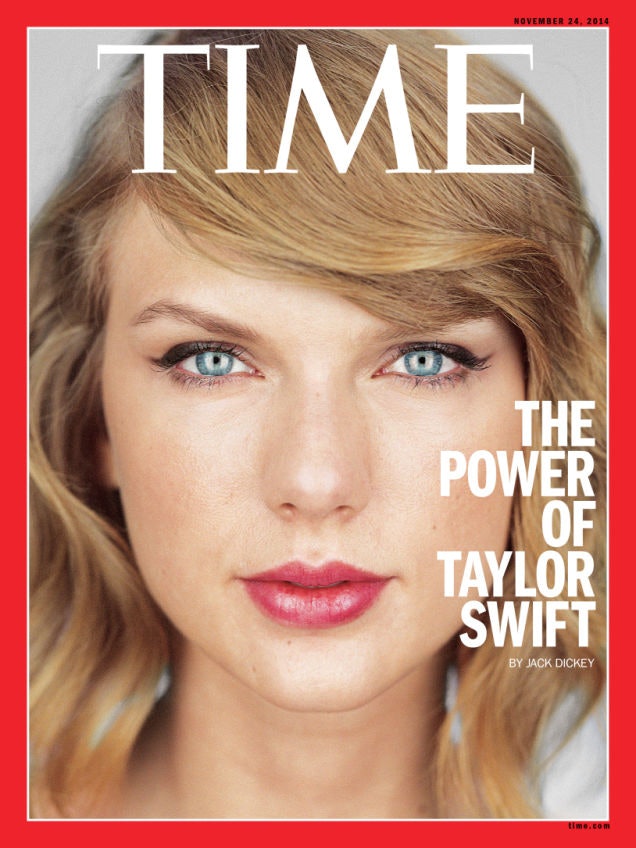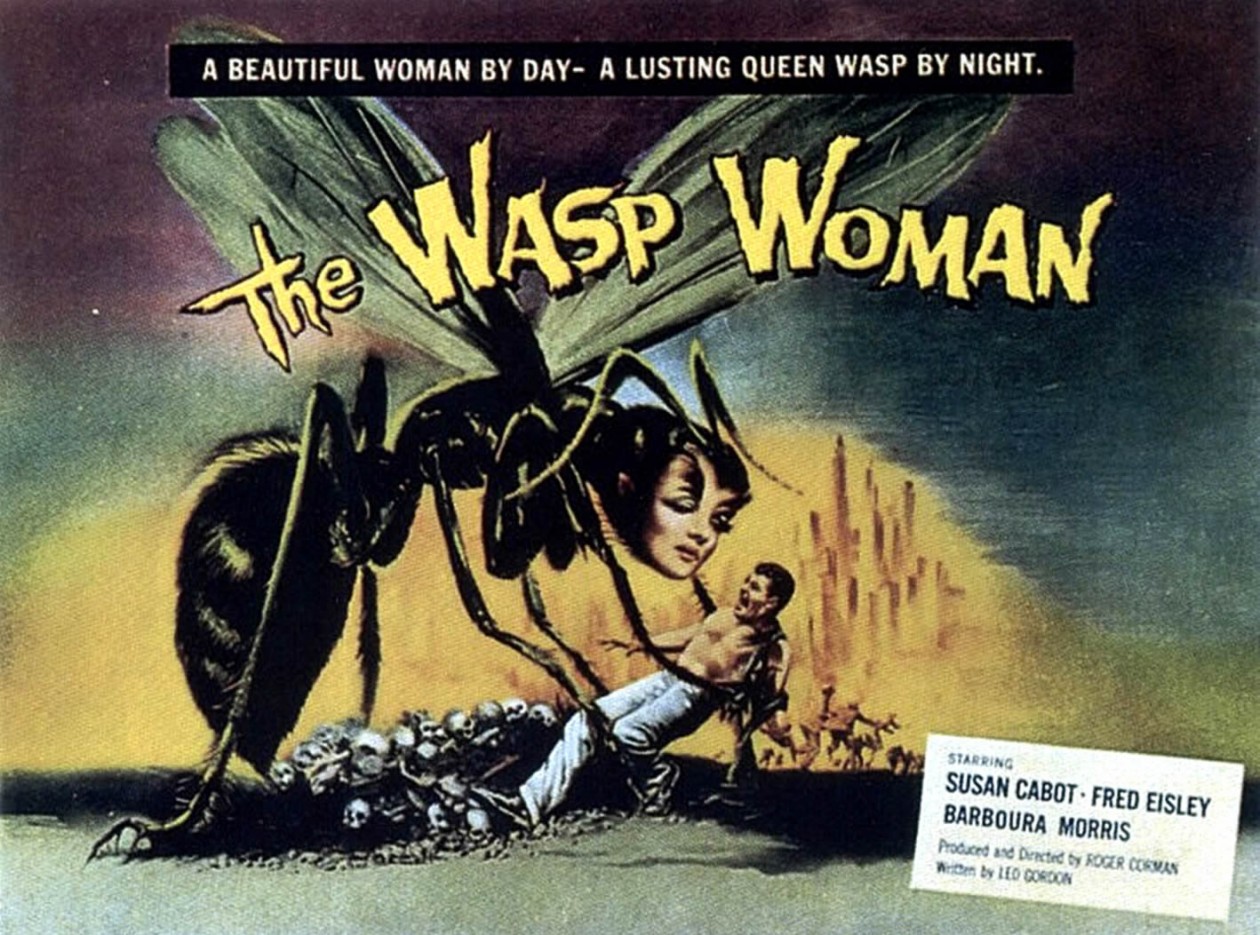After thinking about what Sinead O’Connor said about the “pedization” about the Spice Girls, I believe I understand what she was trying to say. By acting young and carefree, not only does this girl group related to younger girls (probably their main objective) they also appear young and immature themselves. By combining their 20-something sexuality and their teenage appearance, they make it acceptable to sexualize younger girls. Another repercussion of this is that society may now believe that it is acceptable to assume that all 20-something women wish to be treated and seen like the Spice Girls. Thus they are not taken seriously and display what I call “pre-packaged feminism”. The Spice Girls are definitely making a feminist statement, but it is already one that has been covered. As I believe some of the other musicians in “The Righteous Babes” feminism is about pushing the boundaries and making people feel uncomfortable with the state of things. The Spice Girls have put out their statement, but with their look and act being fetishized their statement is not taken seriously. It’s almost as if society has allowed them to state their opinion, but will not actually take it into consideration. Their feminism is part of their image, but that is all it appears to be.
I believe a similar thing has happened with many recent pop stars. Female empowerment is part of their image, but that is all it is publicized as. Being a feminist singer may be a precursor to being labeled “rebellious” which is something that can be fetishized and can be sold as part of that performer’s personality. It is as if society only permits feminism as a look and not as something to be taken seriously. Performers are allowed to show a certain amount of rebellion, but anything past that may be pushing the boundaries.
Although, there look may be toned down and controlled by publicists and other production staff, a performer’s song can at least be interpreted many ways. Songs with rebellious or feminist lyrics can affect people in ways that personality and image cannot. Songs are still left to be interpreted and may be a great place for encouraging young feminists.







